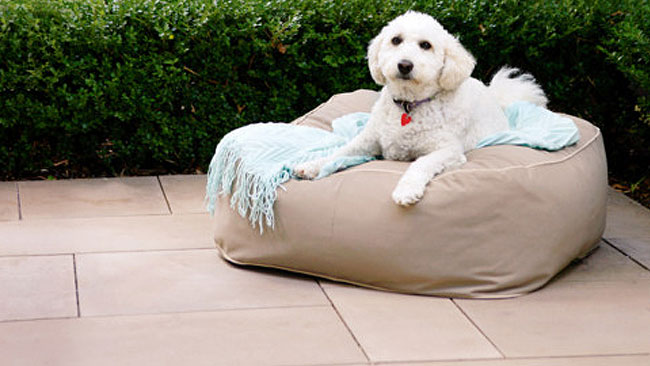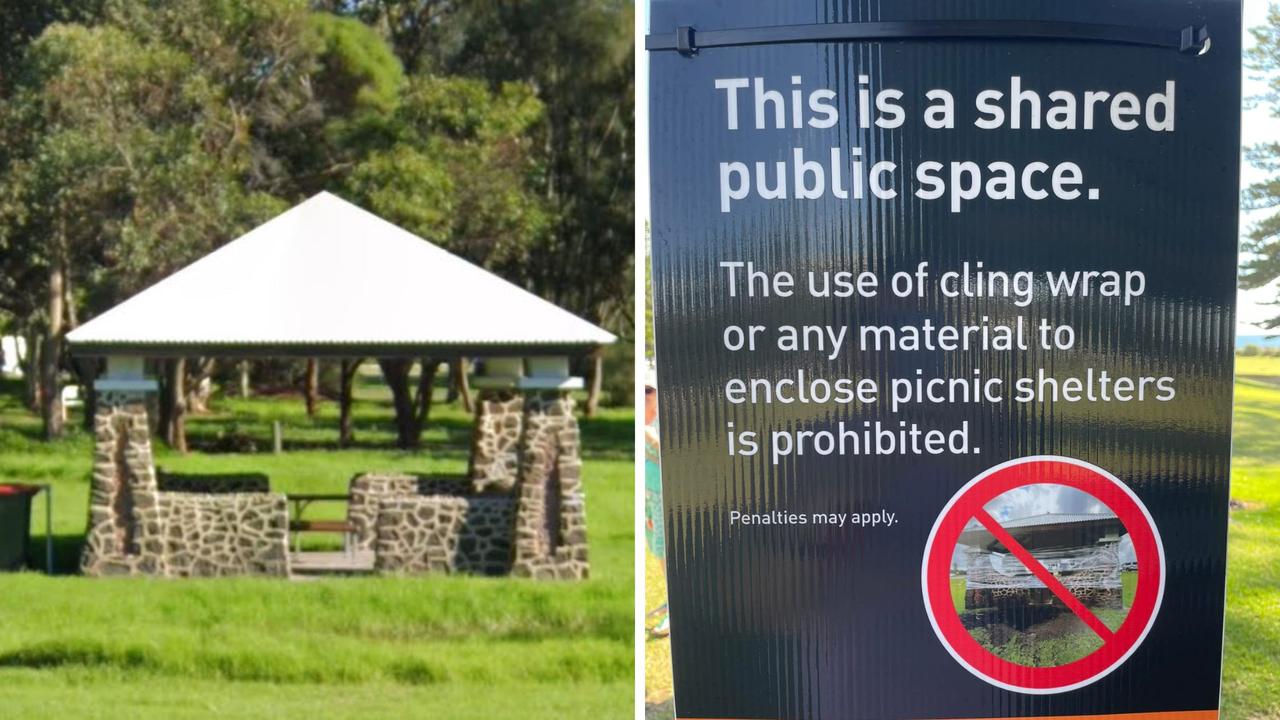Protect your yard from pets and vice versa
A beautiful garden and curious pets who like to explore don't always mix. Plan your yard well though and you will find the two can co-exist happily.

A beautiful garden and curious pets who like to explore don't always mix. Plan your yard well though and you will find the two can co-exist happily.
Any animal lover will be keen to provide a pet-friendly garden – an outdoor area pets can explore and enjoy safely, but one that can also withstand an extra little bit of wear and tear.
When planning your garden, remember: an informal design lends itself most easily to being shared with pets.
Just like you, your dog will appreciate a nice spot to sit in the shade and a place to find a drink on a hot day.
Place water bowls under every tap so you can easily provide fresh water.
In a pet-friendly garden, a good fence equals a safe dog – 1.2 metres is high enough for small dogs, but athletic dogs will need fences about 1.5 to 1.8 metres high.
Gaps can be a problem as curious dogs can wedge their heads where space allows. Avoid a large gap between the fence and the ground to prevent canine escape artists digging their way out.
Dog owners with gardens will know all about those unsightly yellow spots on their lawn, caused by the nitrogen and salts in dogs' urine but there is something to solve this problem.
Dog Rocks are mineralised rocks available from pet stores. When placed in your dog‘s water bowl, the zeolite minerals neutralise the nitrogen in your dog's urine, which means no more yellow spots.
It‘s important to set aside a designated toilet area for dogs in the backyard. While, it may take some time to train them, the pay-off is well worth it.
Pet-friendly plants
Dogs and cats can be determined to get where they want to go, regardless of any delicate flower beds in their way. Try creating paths with stones, soft straw or pavers. Mass plantings of shrubs and ornamental grasses can also help – most pets will go around rather than through such plantings.
More: Use the plant guide at homelife.com.au
When adding new plants, larger-sized trees, shrubs and perennials are more likely to survive. If you have a new garden, try a temporary wire enclosure to keep pets out.
Raise any vegetable garden beds with railway sleepers so dogs can walk around them, and plant dog bane (a plant with a strong odour dogs dislike) to repel them from garden beds. A permanent enclosure, such as a picket fence, is a must for vegetable or herb gardens where you don’t want your pets to go.
Also, try to avoid bare soil – it’s a perfect invitation to dig. I usually position perennials close together, and plant tough, pet-safe ground covers, such asthyme, lamb's ears, sage and succulents between larger woody plants. Avoid thorny plants and be aware of poisonous plants such as hellebore.
Mulch the garden with straw or gravel where appropriate. If you’re trying to get a new area of lawn to grow, rolls of turf will establish quicker than seed, especially if pets are using the yard at the same time.
More: Get more tips on family-friendly gardening at homelife.com.au



